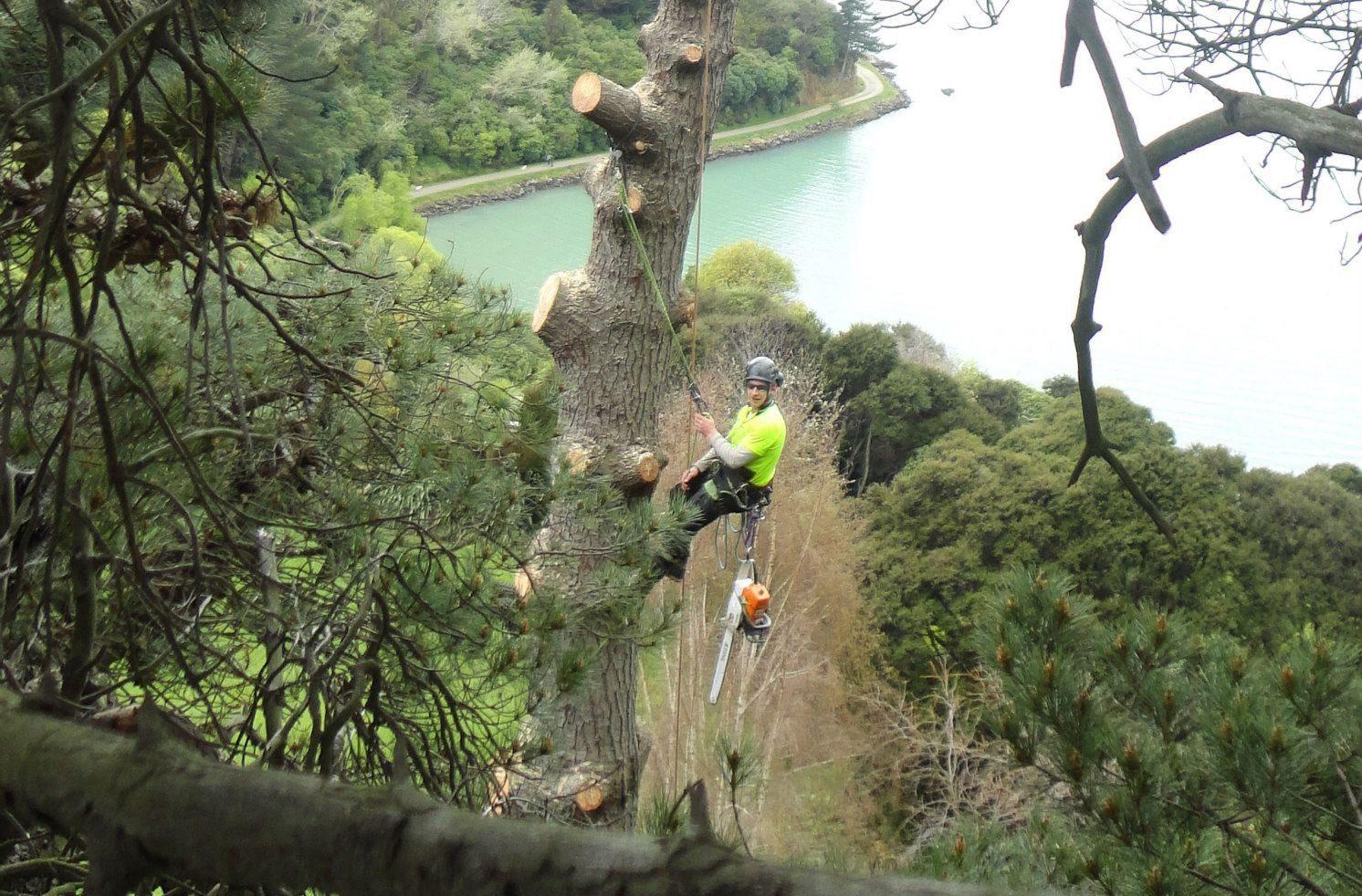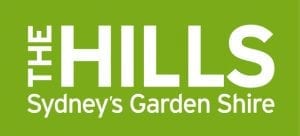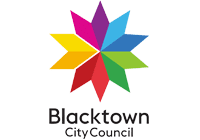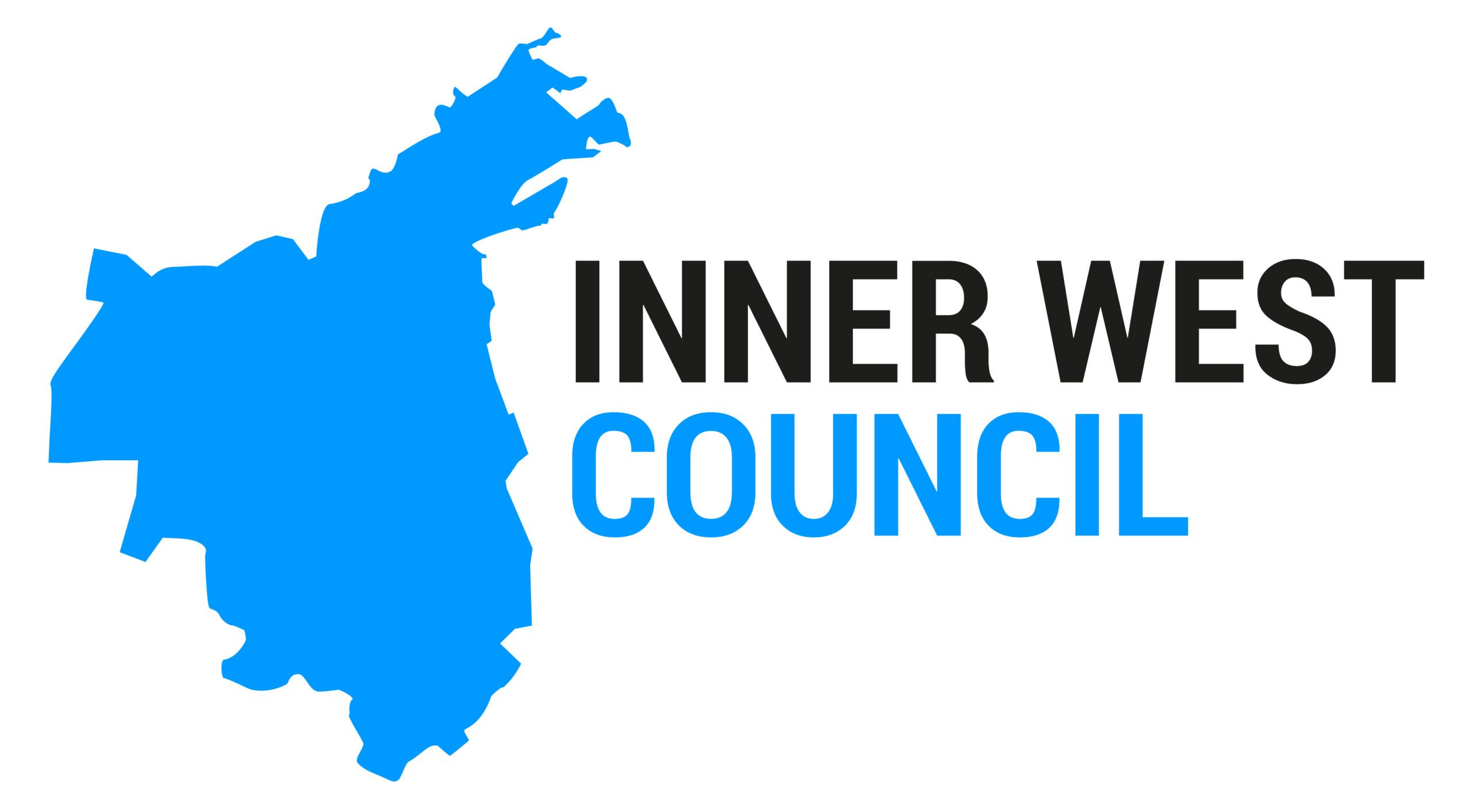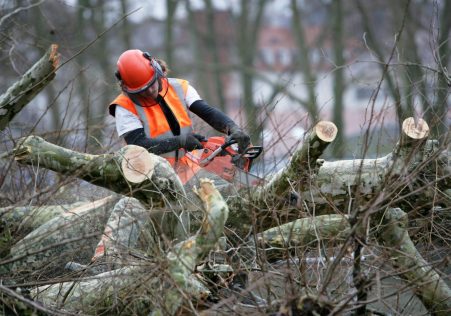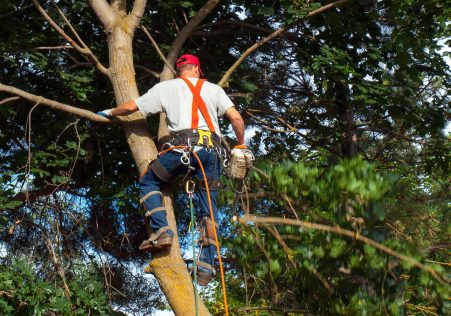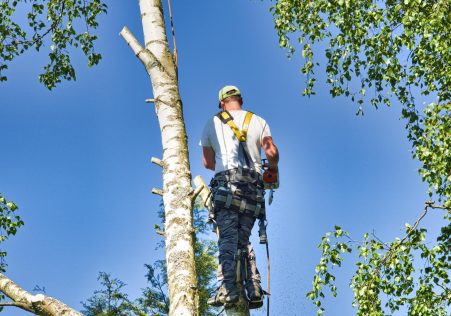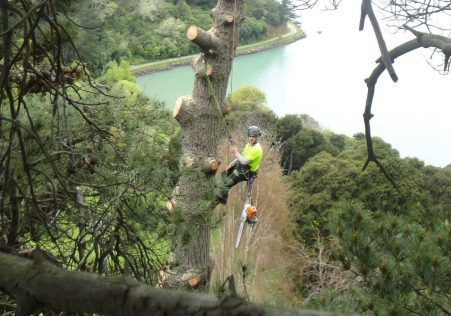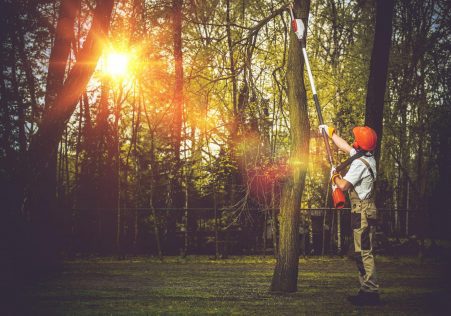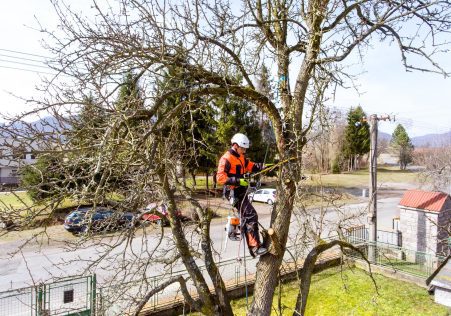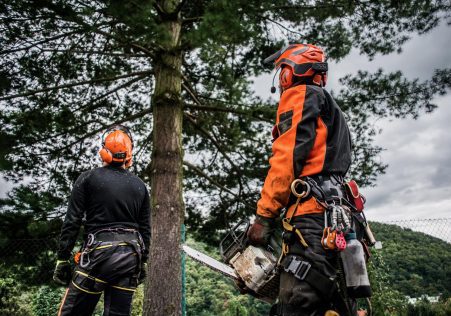The Top Indicators That a Tree Needs to be Removed
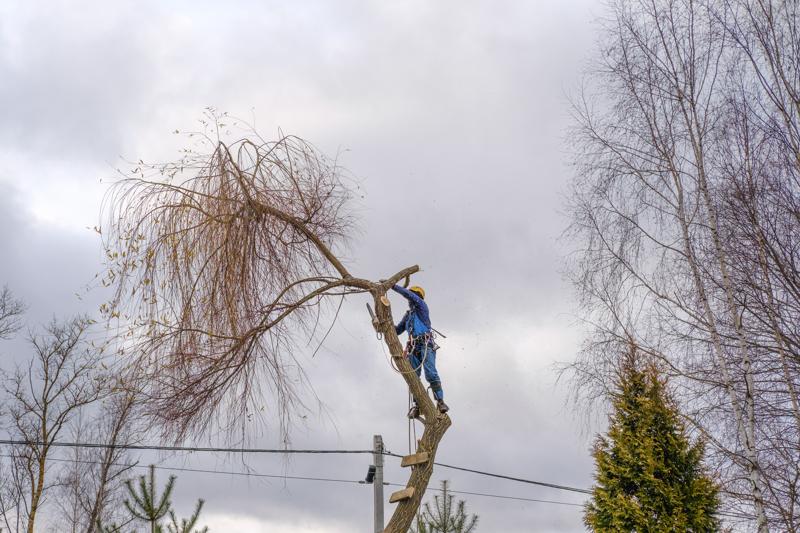
Tree removal is a complex and potentially dangerous task. If a tree is dying or diseased or is at risk of falling, it could require removal to avoid damage to property and guarantee safety. But how can you tell if a tree needs to be cut down? In this article, we’ll walk you through the warning signs to be looking to and assist you decide when it’s time to call the professionals.
Dead or Dying Trees
One of the obvious signs that a tree should be removed is if it is dying or dead. Dead trees do not have leaves and may appear dead. If a tree has no leaves or any signs of new growth, it is likely dead. Additionally, the bark of dead trees may be dry, cracked or peeling.
Trees that are diseased
Trees with diseases could pose a danger to other plants and trees in the area. The signs of disease that are common in trees include the appearance of yellowing leaves, wilted branches, and mushrooms growing at the base and the top. If you think your tree may be diseased, it’s important to get it checked by an arborist who is a professional.
Leaning Trees
TreesLeaning trees towards one side could be an indication it is a sign that the roots are failing, and the tree could be at risk of falling. To determine if a leaning tree is at risk, look for cracks or broken areas in the trunk, and then look at the soil surrounding the tree’s base. If you see any of these indicators it is recommended to have the tree evaluated by an arborist.
Overhanging Branches
The branches of overhanging trees which are located close to power lines or buildings can be a danger to the safety of your property and personal safety. If you are concerned about branches hanging overhanging you should have the tree evaluated by an arborist who can determine if removal or trimming is necessary.
FAQs
How do I know when a tree has died?
A tree is considered dead if it does not have leaves and no evidence of growth. In addition, the bark of a dead tree could be cracked, dry, or peeling.
What are the warning signs of a tree that is diseased?
The most common signs of disease in trees include yellowing leaves, wilted branches, and the growth of mushrooms at the bottom of the tree.
Is it safe to take down a tree yourself?
Tree removal can be a complicated and potentially dangerous task. It’s best to delegate it to the experts to ensure the safety of you and others.
Conclusion
When it comes to tree removal, it’s important to be able to identify the indications that a tree needs to be cut down. If you are aware of indicators of dying or dead trees, diseased trees tree leaning, and hanging branches You can take action to protect your property as well as those surrounding you. If you think that the tree that is on your property needs to be removed, don’t hesitate to call Sydney Tree Removal for a professional review. Our arborists are highly skilled and have the experience and equipment to handle all your tree removal needs. Don’t risk your security. If you believe that a tree on your property needs to be removed, please contact Sydney Tree Removal today for a professional assessment. Our experienced arborists can provide you with the security that comes with knowing your property is safe in the hands of our experts. Contact us today at 1300 636 143 to schedule an appointment.

